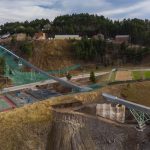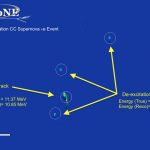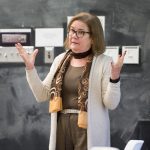From EIN Presswire, May 14, 2021; LBNL’s LArPix experiment result is a leap forward in how to detect and record signals in liquid argon time projection chambers (LArTPCs), a technology of choice for future neutrino and dark matter experiments such as Fermilab’s DUNE.
DUNE
From the STFC, May 12, 2021: STFC and US-based Fermi National Accelerator Laboratory have agreed to collaborate on building one of the world’s most powerful linear accelerators.
From Sanford Lab, May 10, 2021: Activities at the Sanford Underground Research Facility will have significant benefits for the state of South Dakota over the next decade.
Fermilab contractors have successfully commissioned a system that will move 800,000 tons of rock to create space for the international Deep Underground Neutrino Experiment’s detectors in South Dakota. Excavation crews will transport the rock from a mile underground to the surface using refurbished mining infrastructure and the newly constructed conveyor system.
From Queen Mary University of London, April 24, 2021: Dr. Kirsty Duffy, who works on the MicroBooNE experiment, received the prestigious Ernest Rutherford Fellowships from the Science and Technology Facilities
Council (STFC).
From the Black Hills Pioneer, March 25, 2021: Ross Hoists will power the excavation of 800,000 tons of waste rock and serve as the conveyance for people, materials and equipment underground of the DUNE at LBNF.





